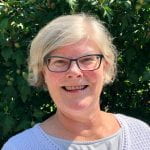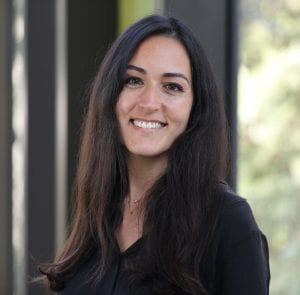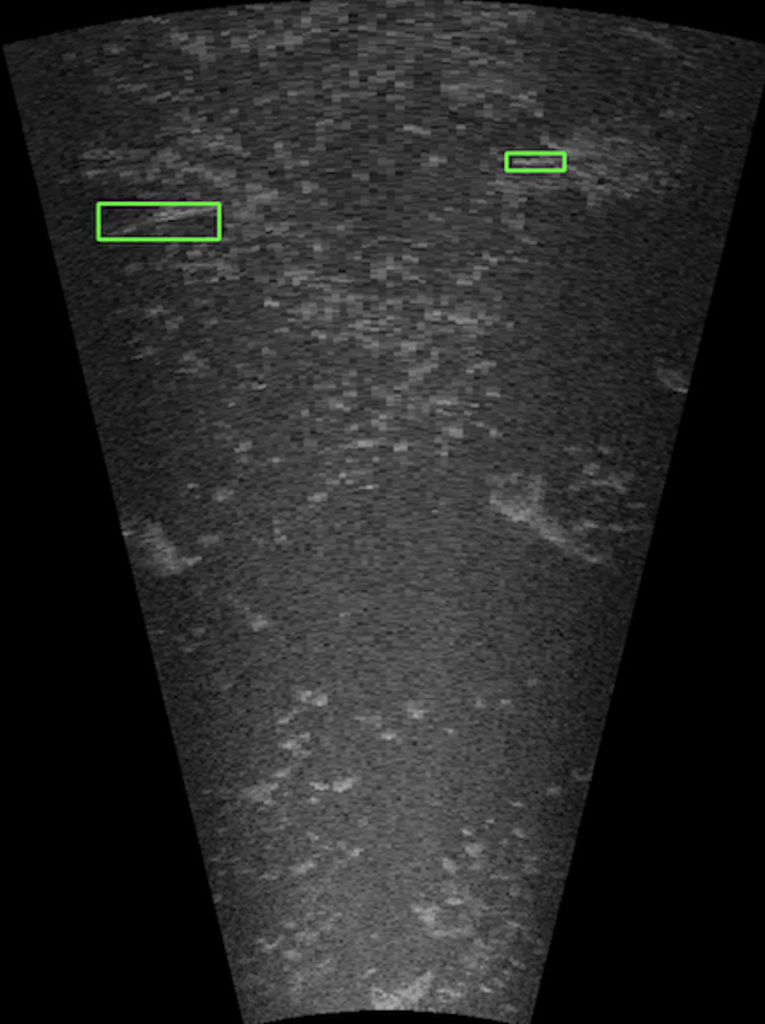I met Jim Woolford in Oklahoma at the National Environmental Tar Creek Conference. The conference was about one of the country’s oldest Superfund sites, Tar Creek, an area with extreme environmental contamination. Woolford delivered the keynote address on the history of the Environmental Protection Agency’s (EPA) involvement at Tar Creek. His long list of critiques and hopes for the future of the EPA was eye-opening.
During his keynote address, Woolford made an offhand remark about the Environmental Protection Network, the organization he is volunteering for during his retirement. The Network is a non-profit that holds the EPA to the highest standards. Five hundred retired EPA employees comprise it. Even though Woolford was not at the conference to talk about the Network, his comment piqued my curiosity. So, I asked Woolford if he would be willing to sit down and discuss his work at the Network with me, which he kindly agreed to.
When we met over Zoom, Woolford started by introducing himself, explaining how he started at the EPA in 1986. He emphasized being an EPA employee wasn’t ever his planned career goal. After receiving a bachelor’s degree in philosophy and political science and getting a master’s focused on state and local politics Woolford “stumbled into” the EPA while working at a consulting firm that took on the EPA as a client. Over the next thirty-four years, he held a variety of positions at the EPA, rising to director of the Superfund Program. At the end of his career in 2020, he received the Distinguished Career Award.

People Walking at a Minewaste Pile (one of many) at the Tar Creek Superfund Site
[Source: Author]
Woolford’s long career and success with the EPA begged a question—why, after such a long and successful career would Woolford choose to devote his retirement to an organization that critiques the EPA?
Woolford doesn’t consider his work at the Network as one simply rooted in criticism. He describes The Network as improving people’s lives by explaining choices that the EPA has made and directing communities to other organizations, such as the Thriving Earth Exchange, that can help address the concerns of communities living near Superfund sites. By building a network of environmental organizations, the Network helps communities impacted by Superfund sites access resources to navigate the complicated politics of environmental health. This is something that I witnessed the Network do firsthand at the Tar Creek conference as Woolford took great care in explaining the EPA’s actions there and how the community could fight for a better future. When I asked directly why he invested so much time in the Network despite being retired, Woolford said that “public service is somewhat like a religion.” He may have retired from the EPA, but he hasn’t retired from public service.
During our conversation, I also asked Woolford about working for the EPA during the Trump administration. Woolford’s answer was incredibly diplomatic yet honest. He explained how, while Trump was president, the Superfund program gained backing from the administration. In his view, this was just for show. Superfund became “the favorite child,” but that didn’t get the program any genuine support. Despite that frustration, Woolford had nothing but good things to say about the experience of working at the EPA overall. After several tumultuous decades under presidents with very different levels of commitment to the environment and environmental health, Woolford enthusiastically tried to convince me to work for the EPA.

Sign Found at Tar Creek Superfund Site
[Source: Author]
So how can we best understand the Network and Jim Woolford’s role? I would call it a friendly watchdog organization, monitoring the actions of the EPA and holding it to the highest standards. The Network does essential work for communities impacted by Superfund sites. Seeing Woolford at the Tar Creek conference was evidence to me of the Network’s commitment to healing some of the most environmentally devastated parts of the country. Members of the Network such as Woolford are not only making sure the EPA does its best for the country, the people, and the environment but also improving many lives by explaining the EPA’s actions and directing communities to organizations beyond the EPA or themselves that can help.

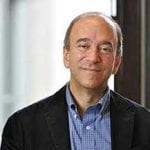
 Bruce King
Bruce King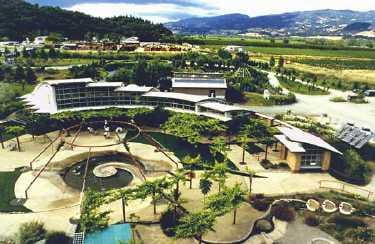
 15×50 Goal from Build Beyond Zero
15×50 Goal from Build Beyond Zero




